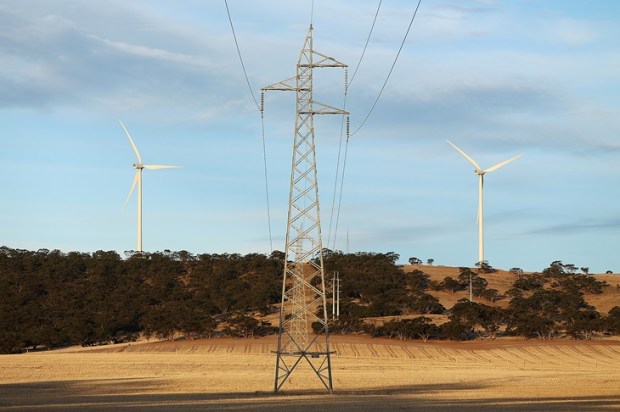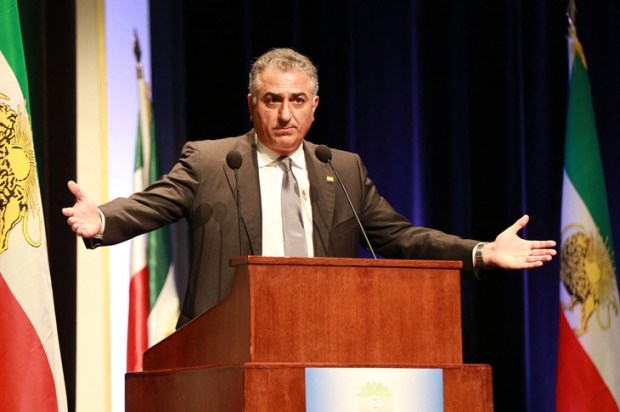While it may seem like people are hopelessly polarised in today’s political climate, there is at least one thing that almost everyone in Australia can agree on: housing prices are out of control.
The average price of a house in Australia currently sits at a little over $1 million ($650,000 USD), and the price continues to increase at a breakneck rate.
The RBA’s recent decision to cut the cash rate is not helping the situation. Unless you are a successful entrepreneur, surgeon, or lawyer, your best (and quite possibly only) chance at obtaining your own home will be inheriting one.
So how did we get to this point?
Despite having an absurd amount of vacant land, we have some of the highest housing prices in the developed world. Some would have us believe that it is the fault of greedy landlords and property investors, while others blame the problem almost exclusively on high immigration.
But what is really to blame?
Perhaps the single biggest contributor to the absurd price of housing is neither the cost of construction nor training builders, but costs imposed by government.
A report by the Centre for International Economics revealed the shocking truth that taxes, fees, and red tape on new housing can cost up to 49 per cent of the total value of a new home. In other words, a new home that would otherwise cost $500,000 will run you nearly $1 million solely because of government.
I would call this robbery, but not even the greatest thief in the world could compete with these numbers.
The Albanese government has also rubber-stamped record-breaking levels of immigration, far beyond what Australia’s infrastructure can support. The housing market is just one of many things that is buckling under the weight of uncontrolled immigration.
It could be argued that the government has an incentive to keep housing prices high.
The Australian economy is currently ranked 105th in economic complexity globally. This puts us behind Honduras (92nd), South Africa (77th), Saudi Arabia (60th), New Zealand (68th), and Indonesia (72nd) just to name a few.
Our entire economy is essentially propped up by two things: resources and real estate.
As the government is either unable or unwilling to figure out how to diversify our economy, it would rather prop up an over-inflated market in the hope that nothing bad will ever happen because of an entire generation of people being left out of the housing market.
So, what ideas have the major political parties come up with to solve this problem?
Let’s look at their pitches from the 2025 Federal Election.
The Labor Party proposed a shared equity scheme, where the government would provide a loan of 30-40 per cent to pay for the cost of the home, in exchange for partial government ownership. How the government plans to afford such a scheme is a mystery that would baffle Sherlock Holmes. Anyone who utilises this scheme would also likely find themselves facing usage restrictions, as the government would hold a major stake in the house. If I were forced to accept a loan that gave the lender partial ownership of my home and my choices were the government or some shady character operating out of an Italian restaurant, I’m taking my chances with Frankie.
The Liberal Party’s solution to the housing crisis wasn’t much better. The Liberals went to the election with what they considered an ambitious solution to the housing crisis: allow first home buyers to take up to $50,000 out of their superannuation to put down a deposit. There is a strong case to be made that people should be able to take money out of their superannuation whenever they want. It’s their money. However, a mere $50,000 (which the average young person won’t have in their super account) isn’t going to help. The average lender requires a 20 per cent deposit before they approve a home loan. With the average home costing $1 million (as of writing), this means that you would need to put down $200,000 up front.
The Liberal Party’s policy also completely defeats the point of superannuation (i.e. ensuring that people have enough money for retirement). Asking people to dip into their retirement account to pay for overpriced housing sounds like something from a stand-up comedy routine. But the Australian people are the punchline.
If you have noticed that neither of these policies does anything to solve the fundamental problems causing the housing crisis, then congratulations. You are smarter than the average Canberra politician.
If anything, these policies would increase demand, and drive housing prices through the stratosphere.
What are some realistic solutions to this problem?
A good start would be reducing the outrageous taxes associated with home ownership (stamp duty, land tax, etc.) that make up a huge percentage of the house’s total value.
Some more ideas for resolving the crisis can be found in North America. Canada is experiencing a housing crisis almost identical to our own, and it was a significant issue in their recent Federal Election. Pierre Poilievre and the Conservative Party’s pitch for solving the problem was simple: require cities to increase the number of homes built by 15 per cent per year or face federal funding cuts. Cities would receive additional funding if they exceeded the 15 per cent quota. This would be coupled with massive deregulation in planning and a simplification of the building code.
Such a strategy could be easily replicated in Australia. Taxation and distribution of GST revenue is controlled by the federal government, and it could easily leverage this power to put pressure on the states (and local governments) to speed up development approvals and cut red tape.
While both major parties are currently doing their best to avoid the problem, it won’t be long before they have no choice.
Failing to act now while the problem is still manageable will disenfranchise entire generations (both existing and upcoming). If this bubble is allowed to continue inflating, nobody will be safe when it eventually pops.
John Ogilvie is the policy advisor for Mannwest Group.

























